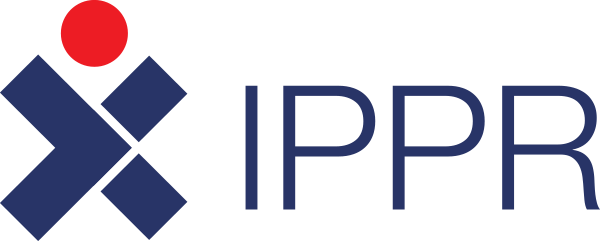*This post is adapted from the briefing paper “Namibia and the African Peer Review Mechanism: Committing to Improved Governance” by Steven Gruzd.
On Saturday 28 January 2017 in Addis Ababa, Ethiopia, President Hage Geingob signed a Memorandum of Understanding with the African Peer Review Mechanism (APRM), committing Namibia to Africa’s premier governance assessment and promotion process.
Benefits for Namibia
By joining the APRM, the government is committing itself to transparent, accountable and participatory governance. The peer review experience presents an opportunity for the government to open up the policy-making process to non-state actors and ordinary Namibian citizens who are required by the rules of the APRM to be consulted, especially during the process of compiling the Country Self-Assessment Report (CSAR).
The APRM also offers the country the chance to take stock of where it is in terms of adopting, ratifying, implementing and reporting on a wide range of African and international codes and standards, across a wide range of political and economic subjects. The APRM also encourages the participating country to sign, ratify and implement these instruments. The revised Questionnaire, for example, explicitly urges African countries to join and adhere to the Extractive Industries Transparency Initiative.
The African-owned and African-driven nature of the APRM seeks to promote “African solutions to African problems.” It is a unique environment for African states to share experiences, raise concerns and assist one another in providing a better life for their people. Namibia potentially has much to share on these platforms. It is a prime opportunity to showcase Namibia’s best practices.
By developing a practical, well-thought-out and realistically-costed National Programme of Action – that is both integrated with national development and budget processes, yet still focuses on specific and ambitious new governance reforms – Namibia can strategically begin to tackle significant obstacles to better governance and development.
If well managed, the APRM can contribute to social cohesion and a sense of a shared national vision, provided all groups feel that they have a say and that their views are fairly and adequately represented.
In some instances, development partners and potential investors might examine the CRR in making funding decisions, so an honest and fair appraisal and acknowledgement of problems with a commitment to address them could contribute to increased development assistance and investment. The APRM can shore up a country’s good governance credentials.
Next steps
The government will designate an APRM Focal Point, usually at ministerial level, to be the key governmental contact person in relation to the local APRM process. A key task of the Focal Point is the establishment of a representative and respected multi-stakeholder body – including civil society, business, labour, faith groups, academia, government and other relevant organisations – known as the National Governing Council (NGC).
Once convened, the NGC establishes a National APRM Secretariat for the many administrative and logistical tasks that the process entails. This is often housed in a ministry. The NGC then advertises for and contracts research institutions responsible for helping the NGC compile the Country Self-Assessment Report (CSAR).
The NGC and government develop a draft National Programme of Action (NPoA) that identifies solutions to the governance deficiencies identified in the CSAR.
The CSAR is then submitted to the continental APRM Secretariat, based in Midrand, South Africa.
A Country Review Mission (CRM) visits the country for a period of two to three weeks. A Country Review Report (CRR) is then formulated based on the CSAR and other consultations and presented to the APR Forum which meets before AU Summits. The CRR, incorporating an updated NPoA, is published and tabled at the Pan-African Parliament and other appropriate platforms.
Finally, the government allocates resources for implementing the NPoA and reports regularly on the NPoA’s implementation to the APR Forum.

